Table of content
Tea, a beverage cherished across continents for millennia, owes its diverse flavors and aromas to a meticulous process known as “pan-frying” or “stir-frying.” This ancient technique, central to the production of green tea and certain oolong varieties, transforms freshly plucked leaves into aromatic, flavorful products. While modern machinery has streamlined large-scale production, the traditional hand-frying method remains revered for its ability to preserve the tea’s delicate essence. This article delves into the intricacies of pan-frying tea, exploring its history, tools, techniques, and the nuanced skills required to master this time-honored craft.
I. A Brief History of Pan-Frying Tea
The origins of pan-frying date back to China’s Tang Dynasty (618–907 CE), when tea evolved from a medicinal herb to a cultural staple. Early tea processors discovered that heating leaves in iron woks could halt oxidation, preserving their vibrant green hue and fresh, grassy flavors. This method contrasted with the sun-drying or steaming practices of other regions, offering a distinct taste profile. Over centuries, pan-frying became synonymous with premium green teas like Longjing (Dragon Well) and Biluochun, prized for their toasty, vegetal notes.
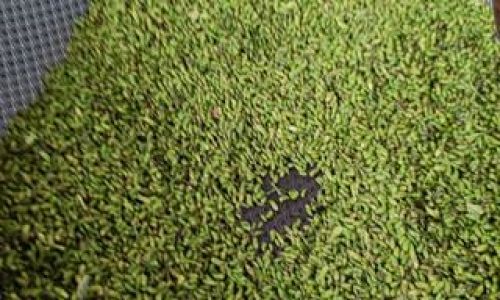
II. Essential Tools and Equipment
To pan-fry tea effectively, artisans rely on a few key tools:
- Wok or Frying Pan: Traditionally, a rounded iron wok is used due to its even heat distribution. Modern producers may opt for stainless steel or non-stick pans, but iron remains favored for its ability to retain and conduct heat steadily.
- Bamboo Brush or Spatula: A flexible, heat-resistant tool to stir and lift leaves without bruising them.
- Bamboo Trays: For cooling and drying the leaves post-frying.
- Thermometer: Critical for maintaining precise temperatures, typically between 180°F (82°C) and 250°F (121°C), depending on the tea variety.
- Gloves and Apron: To protect against burns and splatters.
III. The Step-by-Step Process of Pan-Frying Tea
Pan-frying is a dance of speed, temperature control, and intuition. Here’s a breakdown of the key stages:
Harvesting and Withering
- Timing: Leaves are plucked in early spring, often before dawn, to ensure tenderness.
- Withering: Fresh leaves are spread thinly on bamboo mats for 2–4 hours to reduce moisture content slightly. This step softens the leaves, making them pliable for rolling.
Preheating the Wok
- The wok is heated over a charcoal or gas flame. A drop of water should sizzle and evaporate instantly when the pan is ready.
- Temperature Control: For delicate teas like Longjing, a lower heat (180–200°F) preserves aromatics. Robust varieties may tolerate higher temperatures.
Initial Frying (杀青, “Sha Qing”)
- Purpose: This stage halts enzymatic oxidation, fixing the leaves’ green color and fresh flavor.
- Technique:
- Add 4–6 ounces (113–170 grams) of leaves to the wok.
- Stir continuously using a sweeping motion to prevent burning.
- Observe the leaves’ transformation: they will shrink, darken slightly, and emit a grassy aroma.
- Duration: 3–5 minutes, depending on leaf size and moisture.
Cooling and Resting
- Transfer the leaves to a bamboo tray and spread them evenly.
- Fan gently to accelerate cooling. This step “relaxes” the leaves, preparing them for rolling.
Shaping and Rolling (揉捻, “Rou Nian”)
- Purpose: To break down cell walls, releasing oils and enhancing flavor.
- Technique:
- Return cooled leaves to the wok.
- Use a gentle pressing motion with the spatula to roll leaves into thin strips. Avoid crushing; the goal is to twist, not crush.
- Duration: 5–7 minutes.
Secondary Frying (辉锅, “Hui Guo”)
- Purpose: To dry the leaves thoroughly and intensify flavors.
- Technique:
- Increase heat slightly (200–250°F).
- Stir vigorously to prevent sticking. Leaves will become crisp and emit a toasty aroma.
- Duration: 10–15 minutes.
Final Cooling and Storage
- Spread leaves on a clean tray and allow them to cool completely.
- Store in airtight containers away from light and moisture.
IV. Mastering the Craft: Key Skills and Challenges
Pan-frying tea is as much an art as a science. Here are the skills that separate novices from masters:
Temperature Sensitivity
- Overheating scorches leaves, yielding a bitter taste. Underheating leaves them damp, risking mold.
- Tip: Use an infrared thermometer for accuracy. Adjust flame intensity as needed.
Stirring Technique
- Leaves must move constantly to ensure even heating. A rhythmic, circular motion mimics the action of a traditional bamboo brush.
Aroma Recognition
- Experienced artisans gauge doneness by smell. Fresh, grassy notes transition to a nutty, toasted aroma as frying progresses.
Tactile Feedback
- Leaves transition from soft and pliable to brittle. A pinch test—leaves should crumble slightly but not shatter—indicates readiness.
V. Common Mistakes and How to Avoid Them
- Uneven Frying: Caused by inconsistent stirring or uneven wok heating. Solution: Preheat the wok thoroughly and maintain a steady stirring pace.
- Burnt Leaves: Often due to high heat or prolonged frying. Solution: Lower the temperature and shorten frying intervals.
- Insufficient Drying: Leaves may develop mold if not dried completely. Solution: Extend secondary frying time and ensure thorough cooling.
- Over-Rolling: Results in a powdery texture. Solution: Use light pressure and focus on twisting, not crushing.
VI. Regional Variations in Pan-Frying
While the core principles remain consistent, regional practices introduce unique twists:
-
Longjing Tea (Dragon Well, China):
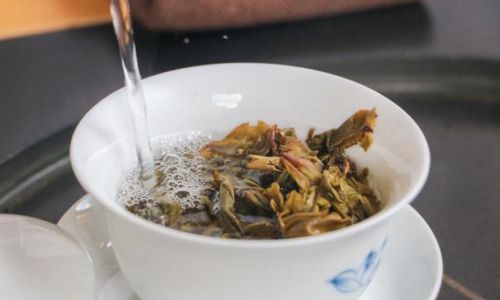
- Leaves are flattened against the wok’s surface during shaping, creating a characteristic sword-like shape.
- Fired at lower temperatures to emphasize freshness.
-
Hojicha (Japan):
Roasted at higher temperatures post-frying, yielding a caramelized, nutty flavor.
-
Genmaicha (Japan):
Roasted green tea blended with toasted brown rice, adding a popcorn-like aroma.
VII. The Science Behind Pan-Frying
Pan-frying triggers several biochemical changes:
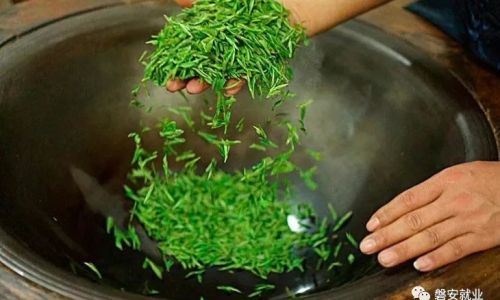
- Enzyme Inactivation: Heat denatures polyphenol oxidase, the enzyme responsible for oxidation. This preserves chlorophyll, giving green tea its color.
- Maillard Reaction: High heat induces reactions between amino acids and sugars, creating roasted, toasty flavors.
- Volatile Compound Release: Stirring and heating release aromatic oils, such as linalool (floral) and geraniol (sweet).
VIII. Modern Adaptations and Innovations
While traditional methods persist, technology has introduced efficiencies:
- Mechanized Rollers: Replicate hand-rolling motions at scale.
- Temperature-Controlled Woks: Electric woks with digital interfaces ensure consistency.
- Vacuum Frying: A niche technique where leaves are fried under reduced pressure to lower boiling points, preserving nutrients.
IX. Sustainability and Ethical Considerations
Pan-frying, when practiced sustainably, aligns with eco-friendly principles:
- Energy Efficiency: Modern woks use gas or induction, reducing charcoal’s carbon footprint.
- Waste Reduction: Byproducts like tea stems are repurposed into compost or tea bags.
- Fair Labor Practices: Artisanal producers often prioritize ethical wages and working conditions.
X. Conclusion: The Timeless Appeal of Pan-Fried Tea
Pan-frying tea is a testament to human ingenuity—a blend of intuition, precision, and respect for nature. From the misty mountains of Zhejiang to the bustling streets of Tokyo, this ancient technique continues to captivate palates and connect cultures. Whether you’re a novice tea enthusiast or a seasoned artisan, mastering the art of pan-frying offers a profound appreciation for the journey from leaf to cup. So the next time you savor a steaming brew, pause to honor the hands and hearth that transformed a humble leaf into liquid poetry.
Word Count: 1,742
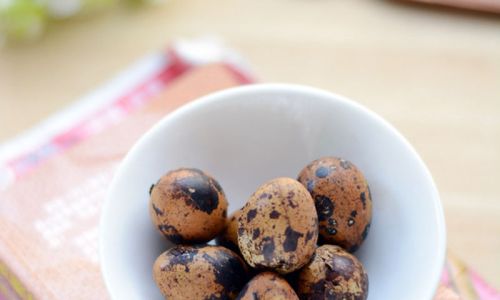
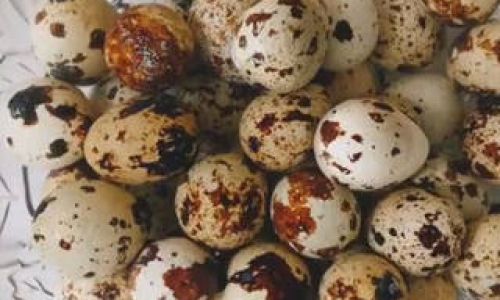
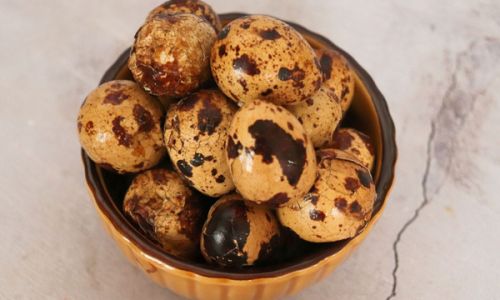
0 comments